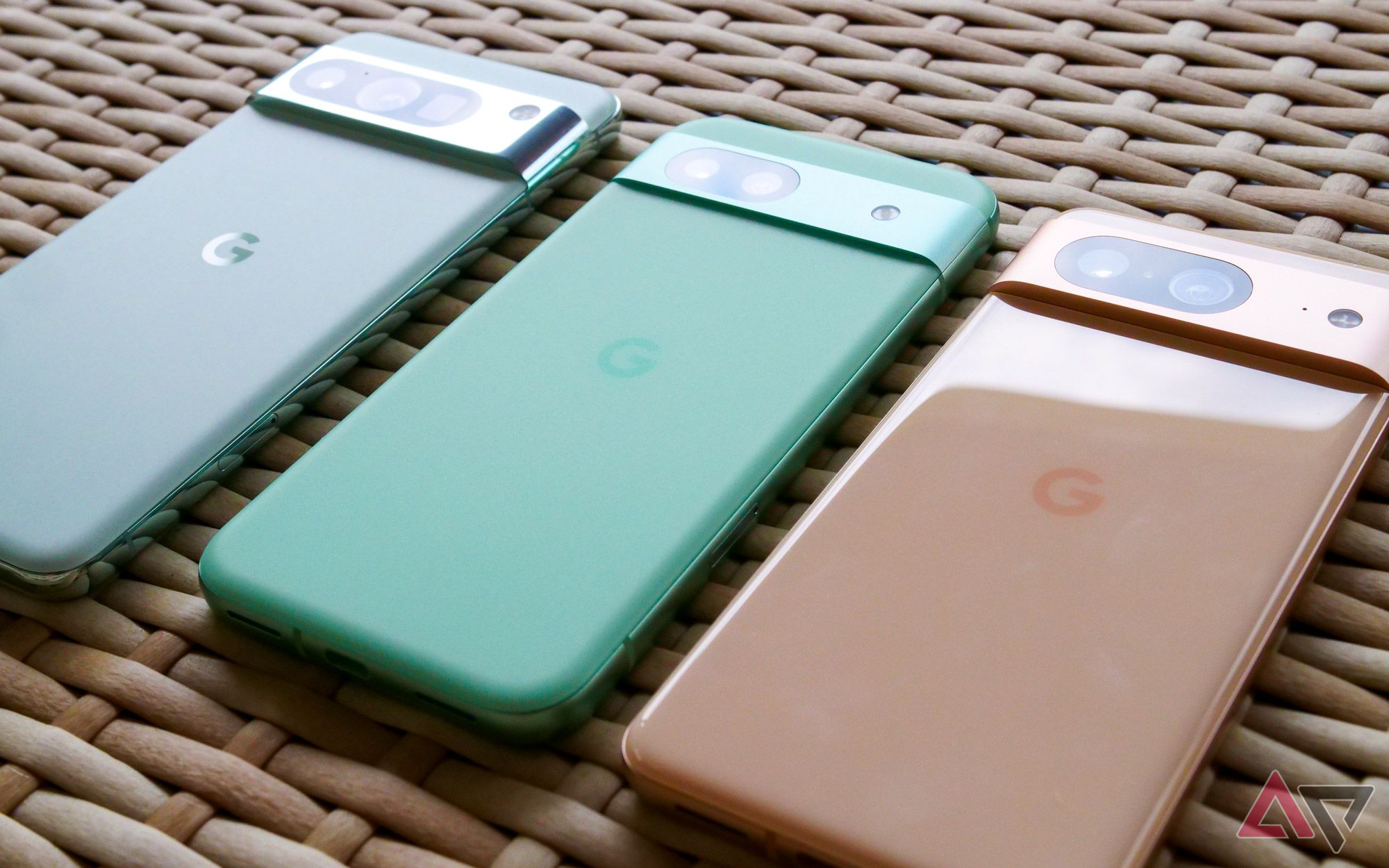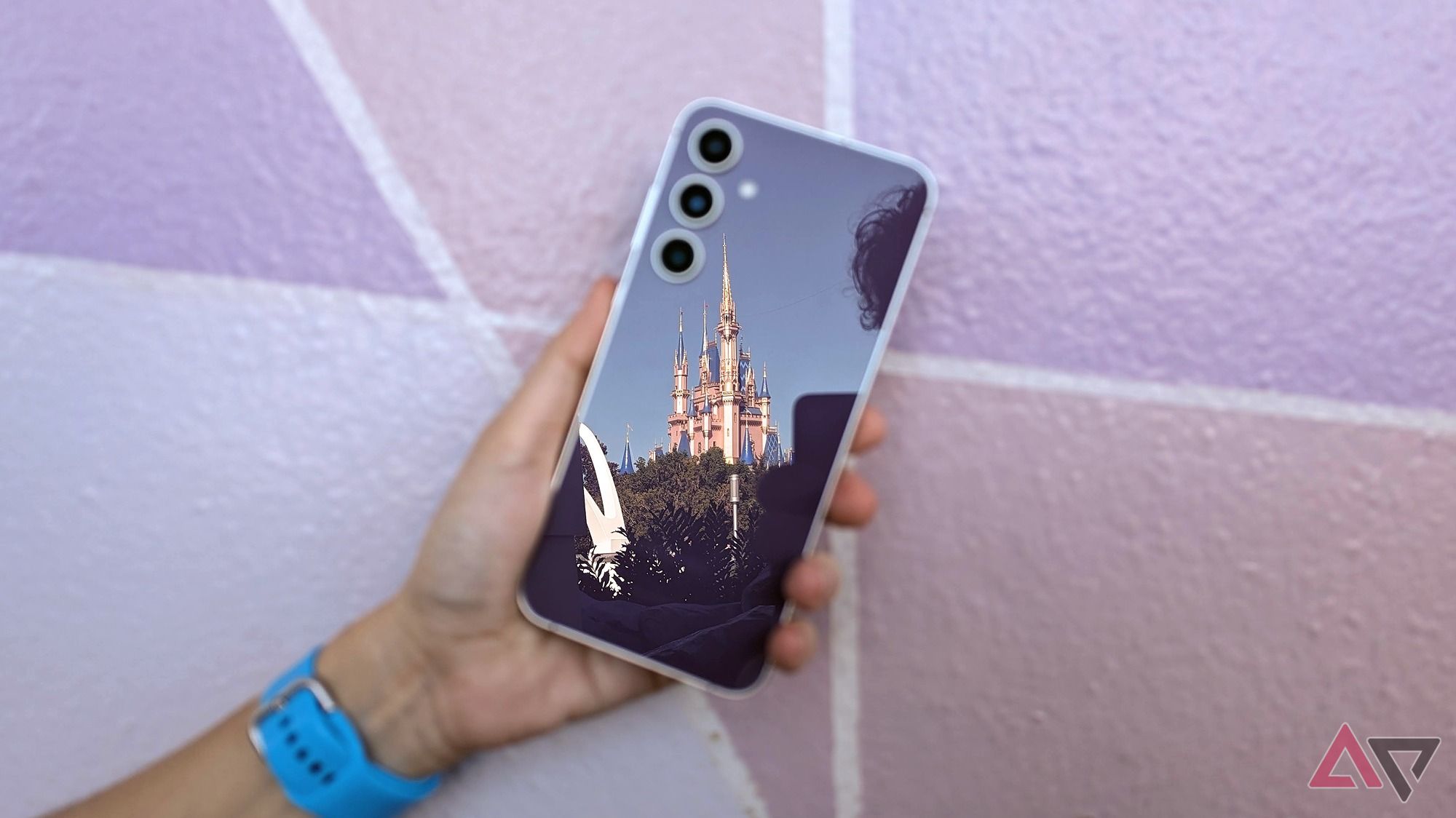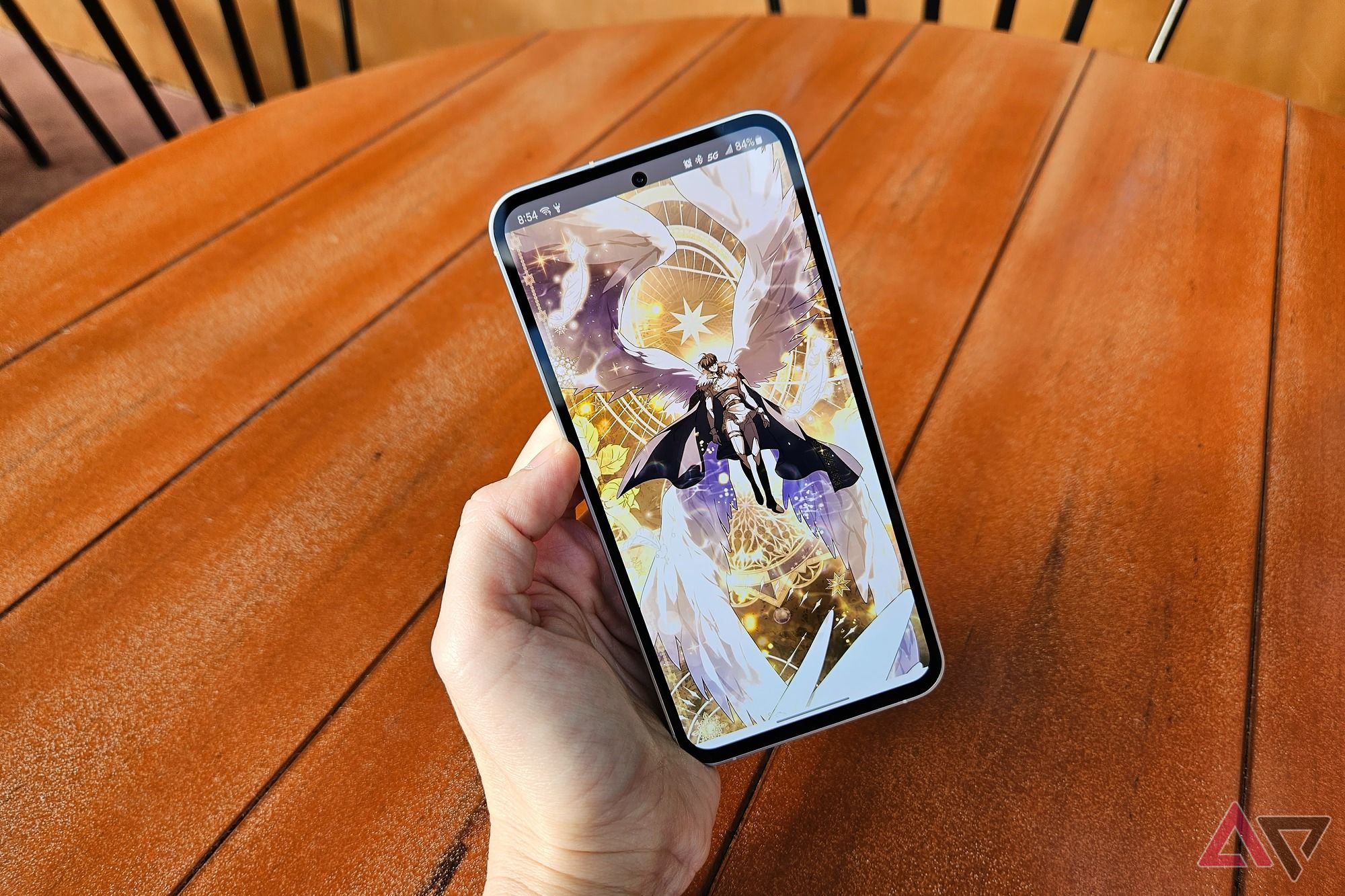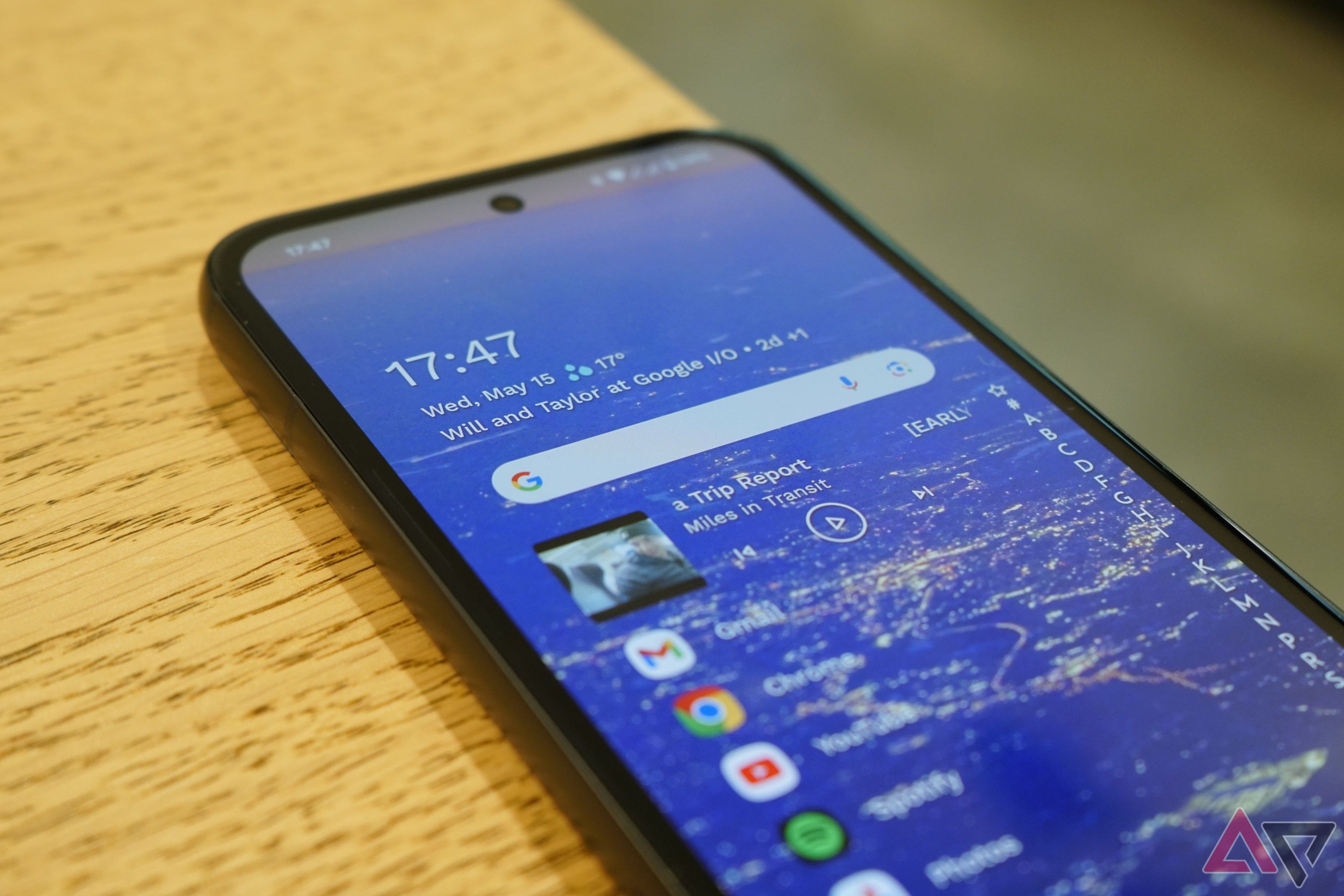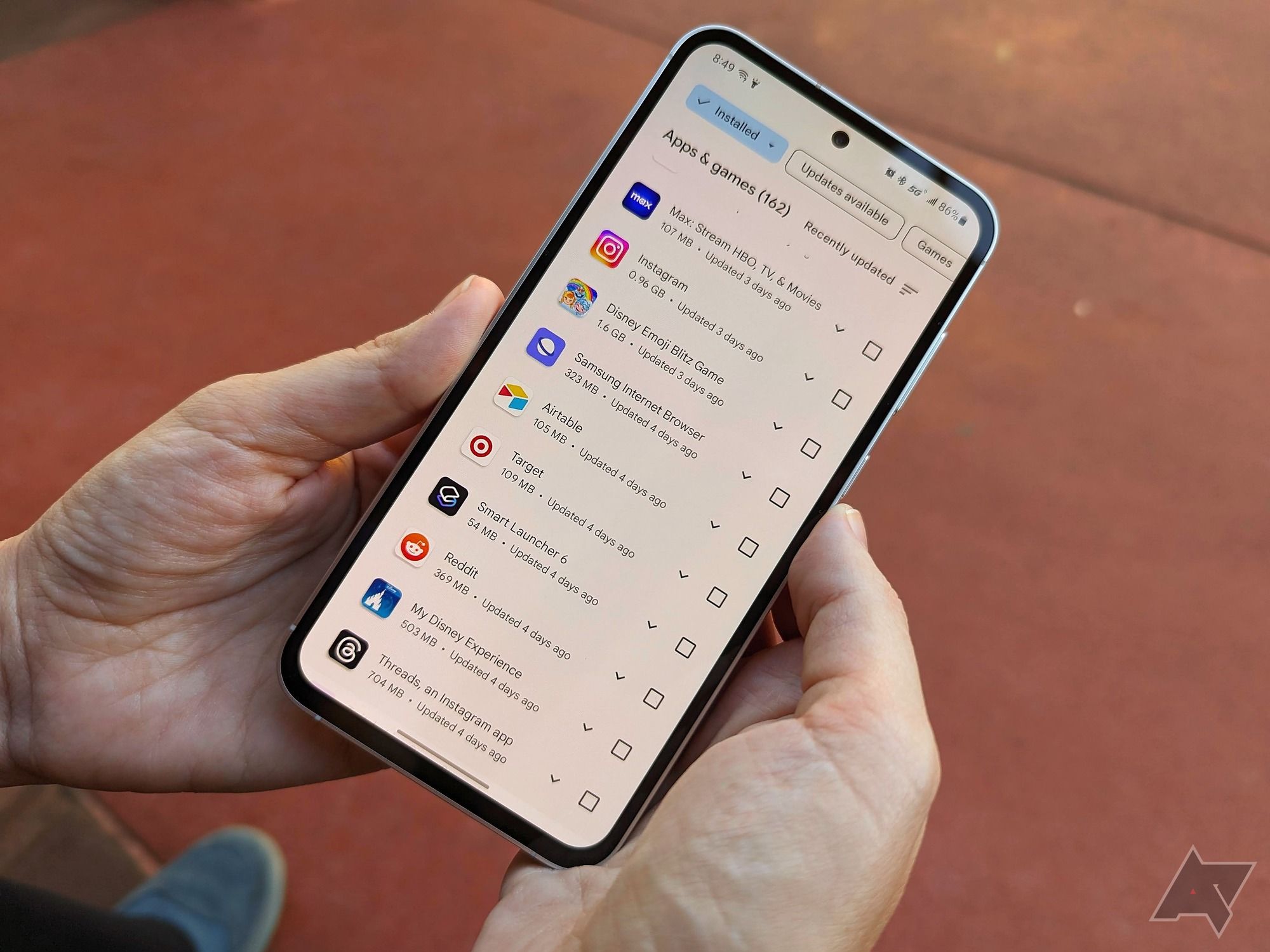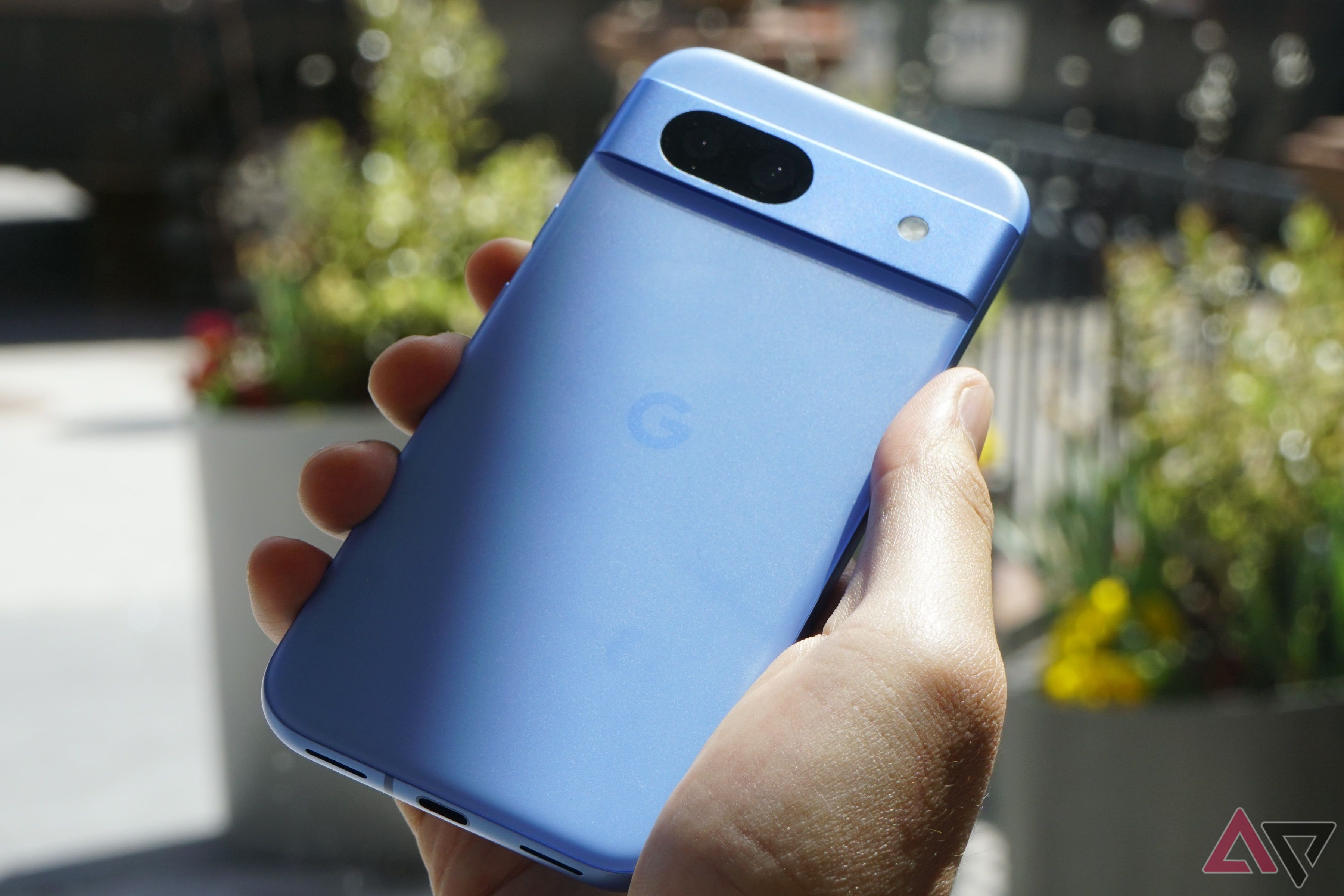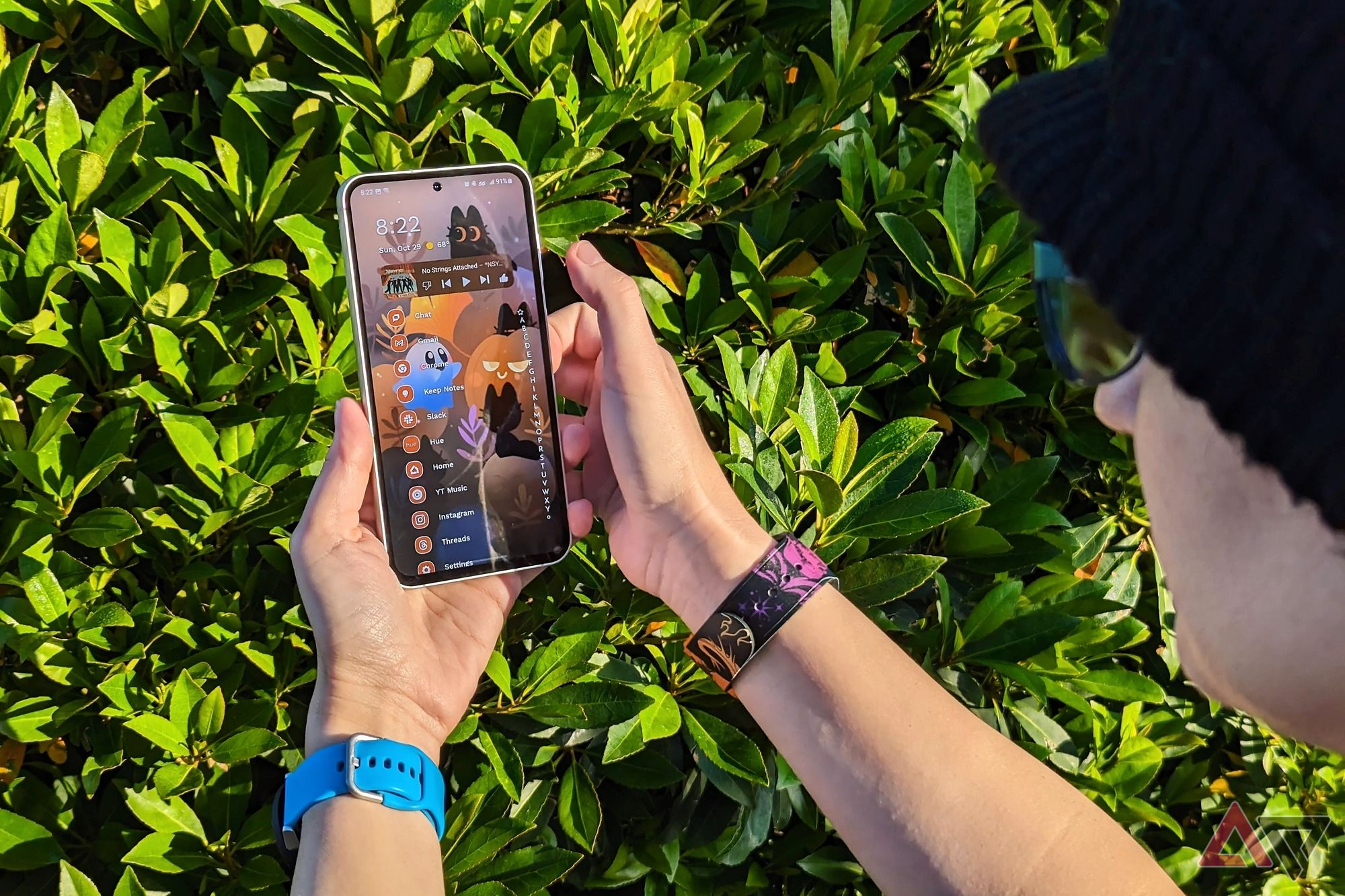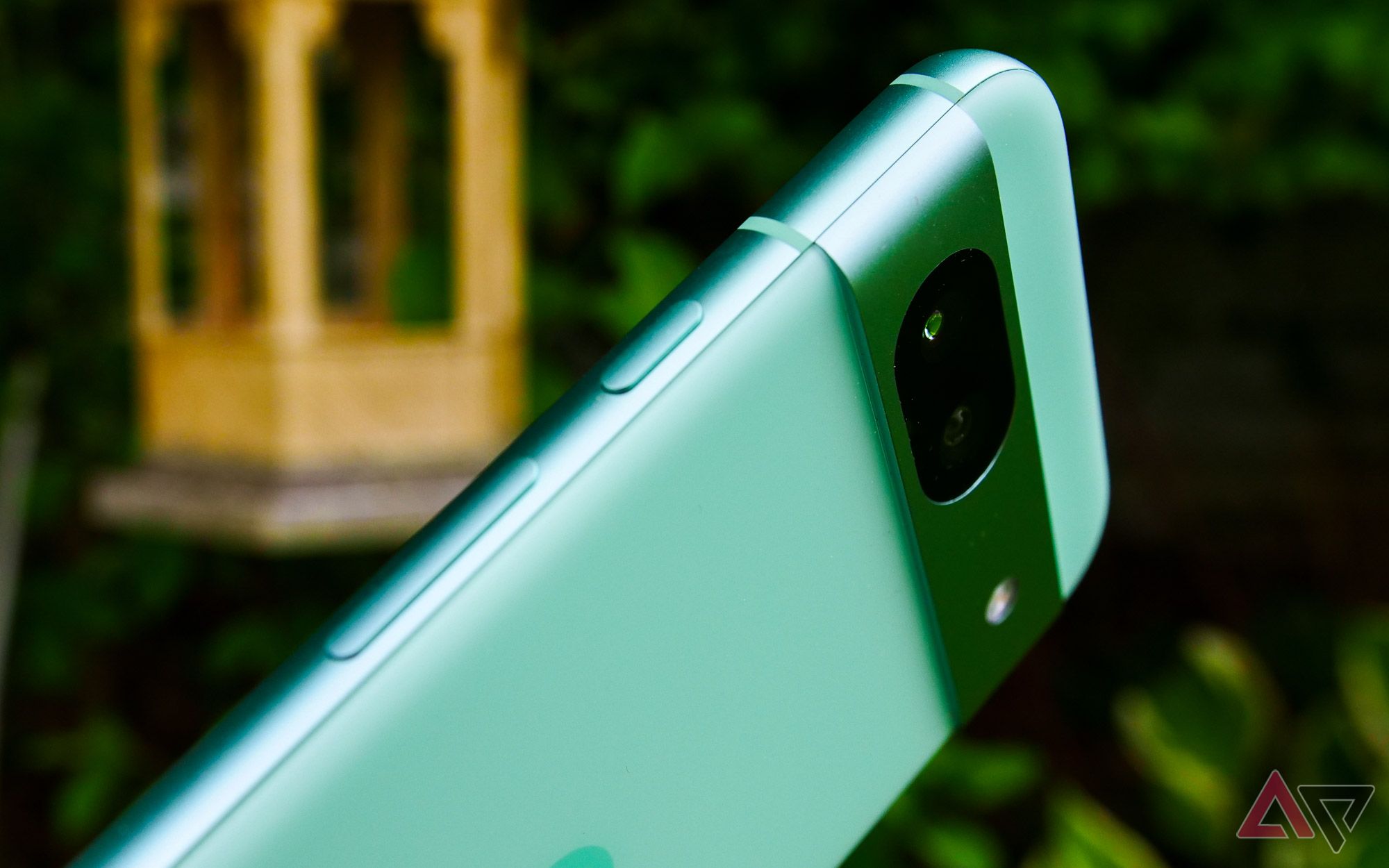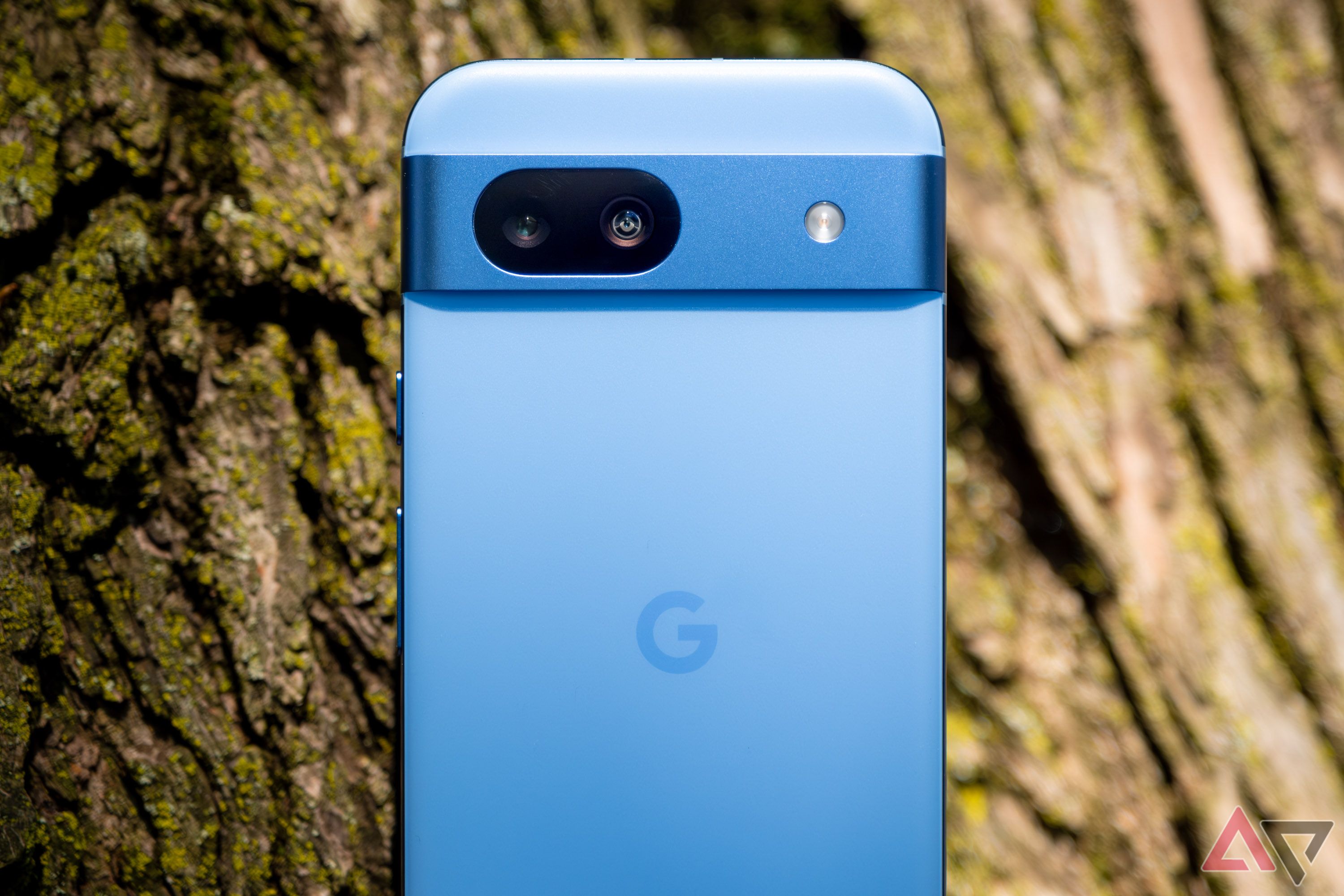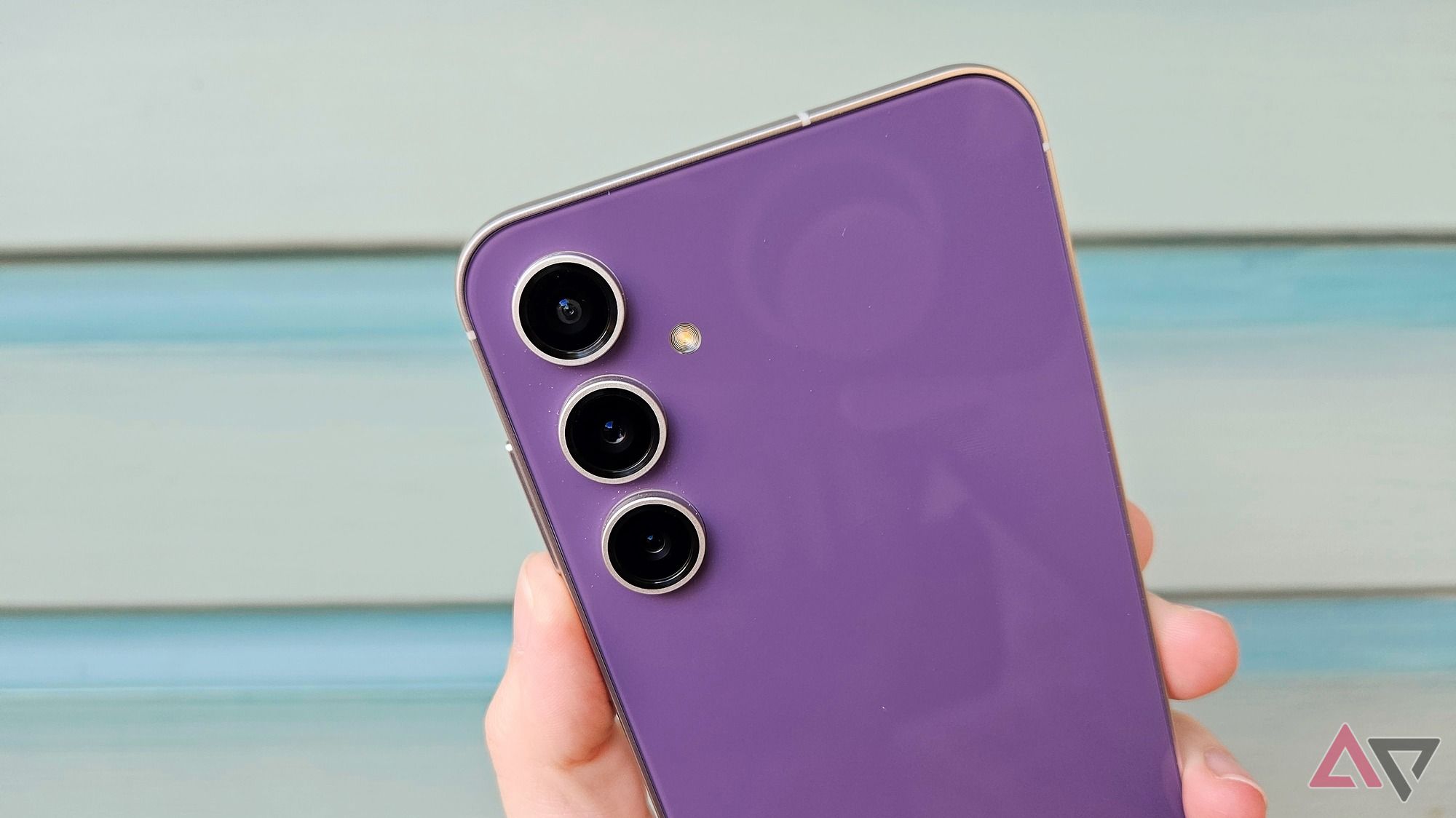-
Google Pixel 8a
Great camerasGoogle’s Pixel 8a continues the tradition of being the best budget camera phone you can buy, with another affordable price tag. It has a display that rivals its flagship sibling, plus the same Tensor G3 chip, and while it moves to a matte plastic back, that’s not necessarily a downgrade.
Pros- Plastic back feels surprisingly great
- Long-lasting software support
- Still the best camera in its class
Cons- No camera improvements year over year
- Large, uneven bezels
- Lackluster charging speeds
-
Samsung Galaxy S23 FE
A light flagship$550 $600 Save $50Samsung’s “Fan Edition” Galaxy S23 FE is the affordable kid brother in the company’s Galaxy S23 lineup. It delivers solid battery life and performance for everyday use, but the two-year-old Qualcomm chip, limited software upgrades, and underwhelming camera performance leave it feeling behind the curve.
Pros- Bold and bright display
- Solid performance
- Full-day battery life
Cons- Middling cameras with sub-par telephoto lens
- Older Snapdragon chip can heat up a bit under load
- Slow charging
Google’s latest A-series phone has arrived, delivering all the goodness its midrange phones have become known for. The Pixel 8a is, unsurprisingly, one of the best Android phones of the year for delivering solid value and taking great photos. It also blurs the lines more than ever with its flagship sibling, Google’s Pixel 8, but that just shows how much more powerful budget phones are getting.
Since Google and Samsung are two of the most popular smartphone brands on the market, the inevitable comparison at this level is with Samsung’s Galaxy S23 FE, a scaled-down version of last year’s mainstream Galaxy S23 lineup. Samsung has made some different compromises to produce a more affordable smartphone, but can last year’s “Fan Edition” still hold its own against Google’s newest entry? Let’s find out.
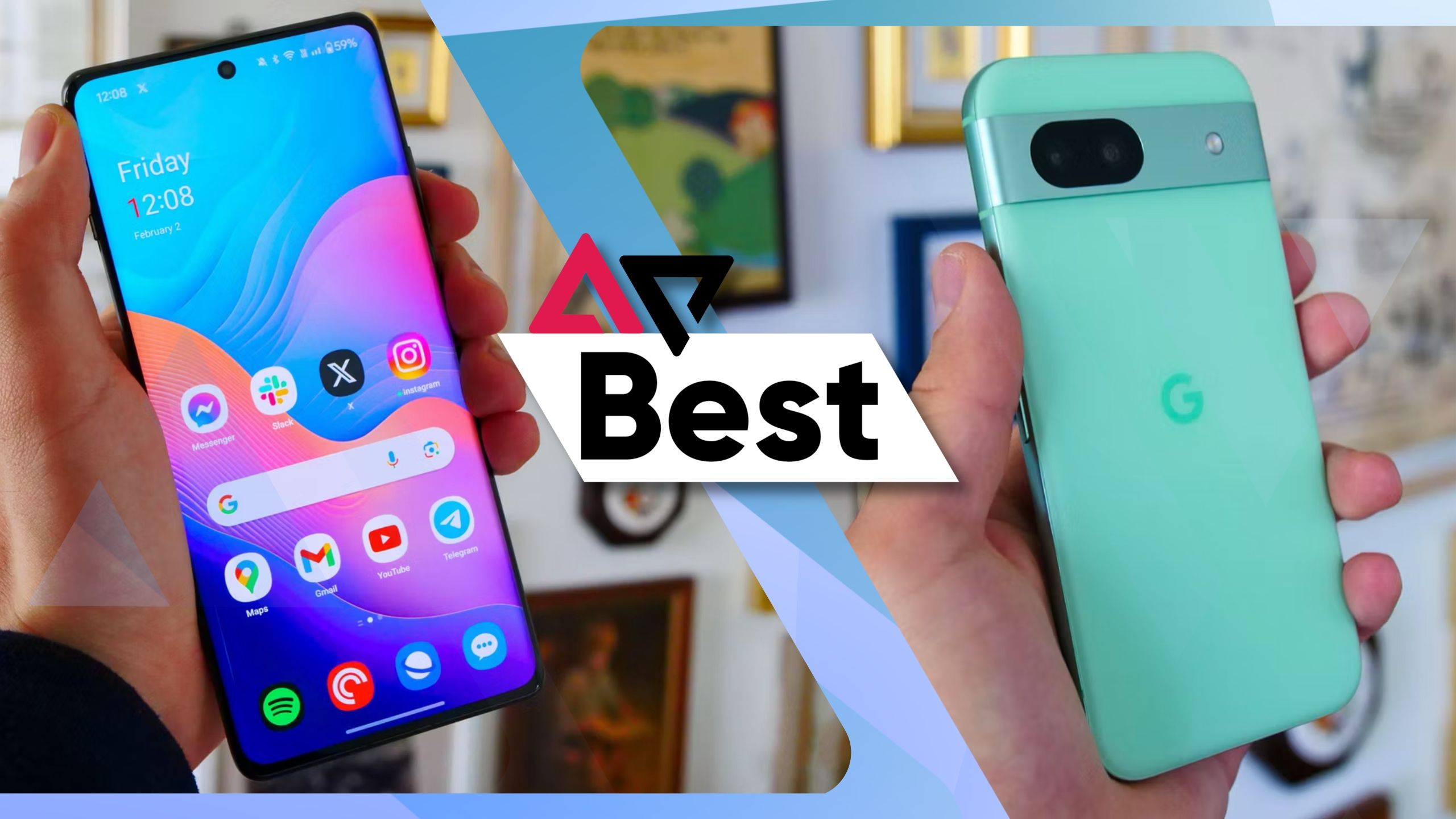
Best budget Android phones in 2024
These days, you don’t have to pay through the nose to get a decent phone
Price, availability, and specs
As two of the most mainstream Android brands on the market, you won’t have a hard time finding the Google Pixel 8a and the Samsung Galaxy S23 FE at all the usual spots, from online retailers like Amazon and Best Buy to your carrier’s brick-and-mortar storefronts.
The Galaxy S23 FE starts at $600 for the base 128GB model, assuming you buy it anywhere other than Samsung. For some mysterious reason, Samsung charges $30 more if you order it directly from its online store, which you might need to do if you want one of the exclusive colors — Tangerine and Indigo, in this case. Otherwise, you can find it everywhere else in Graphite, Purple, Cream, and Mint.
Google’s Pixel 8a was released in May and is already widely available. The 128GB model starts at $500, but we don’t expect it to be long before we see some discounts on that standard price. For the first time in an A-series, Google has a higher-capacity 256GB version available for only $60 more. However, in that company’s own unusual twist, you’ll only be able to get it in Obsidian. If you want something more colorful — Porcelain, Bay, or the exclusive new Aloe — you’ll have to settle for the lower 128GB capacity.
-
Google Pixel 8a Samsung Galaxy S23 FE SoC Google Tensor G3 Qualcomm Snapdragon 8 Gen 1 (US), Exynos 2200 (worldwide) Display type OLED, 120Hz AMOLED, 60-120Hz Display dimensions 6.1″, 20:9 6.4″ Display resolution 1080 x 2400 2340 x 1080 RAM 8GB 8GB Storage 128GB, 256GB 128GB or 256GB Battery 4492mAh 4,500mAh Charge speed 18W wired, 7.5W wireless 25W wired, 15W wireless Charge options USB-C wired, Qi wireless USB-C wired, Qi wireless Ports USB-C USB-C SIM support Nano SIM, eSIM Dual SIM (Nano SIM and eSIM) Operating System Android 14 Android 14 and One UI 6.0 Front camera 13MP, f/2.2 10MP, f/2.4 Rear camera 64MP f/1.89 OIS main, 13MP f/2.2 wide 50MP, f/1.8, OIS main; 12MP, f/2.2 ultrawide; 8MP, f/2.4, 3x telephoto Cellular connectivity Sub-6 5G (optional mmWave) 4G LTE, 5G (sub-6 and mmWave) Wi-Fi connectivity Wi-Fi 6E Wi-Fi 6E Bluetooth Bluetooth 5.3 Bluetooth 5.3 Dimensions 152.1 x 72.7 x 8.9mm 158 x 76.5 x 8.2mm Weight 188g 209g IP Rating IP67 IP68 Colors Obsidian, Porcelain, Bay, Aloe Mint, Purple, Cream, Graphite Price $499 From $600
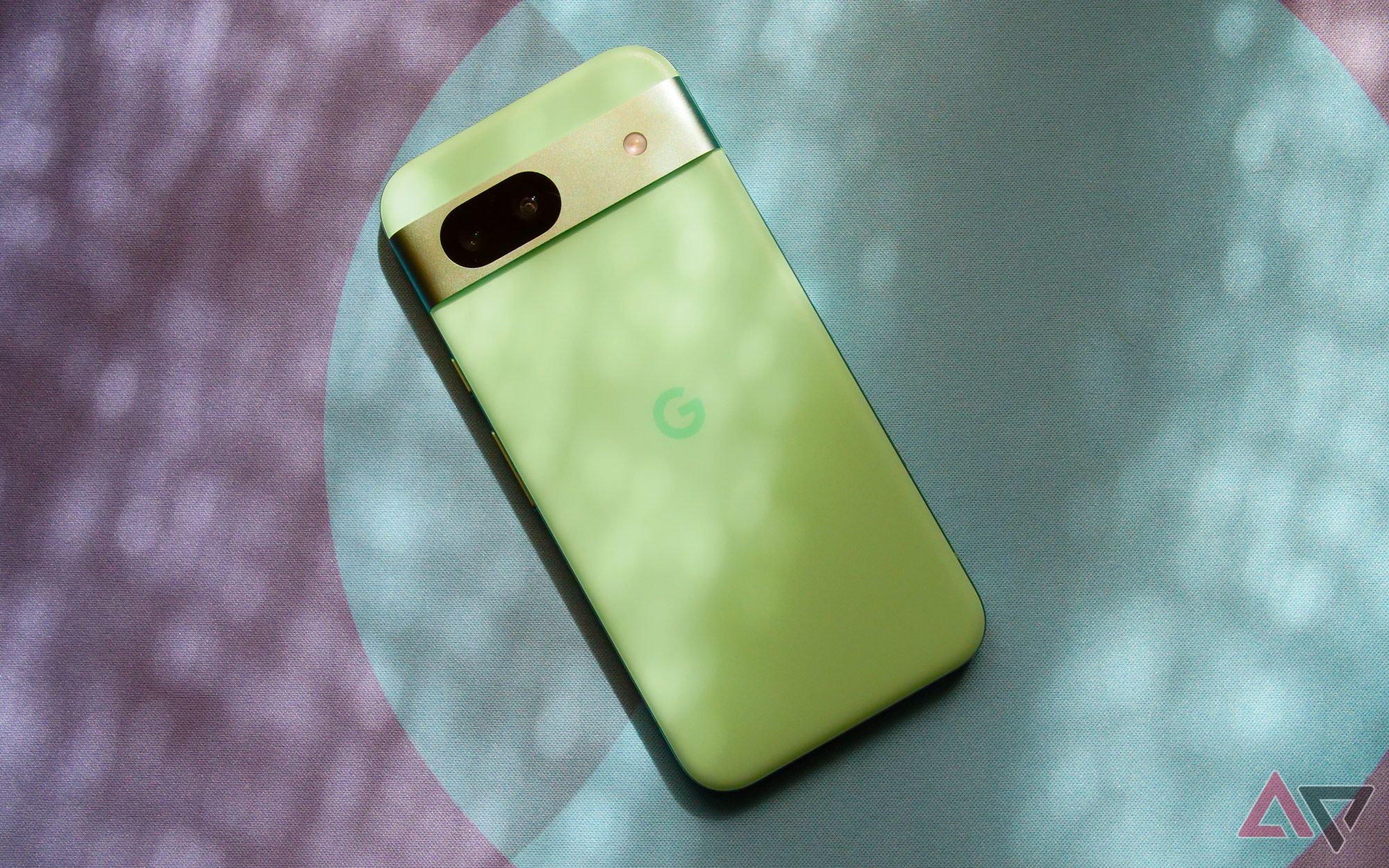
Google Pixel 8a review: A great phone that I’m not sure you should buy
Google’s hardware lineup is in a tricky spot, and the Pixel 8a only makes things more confusing
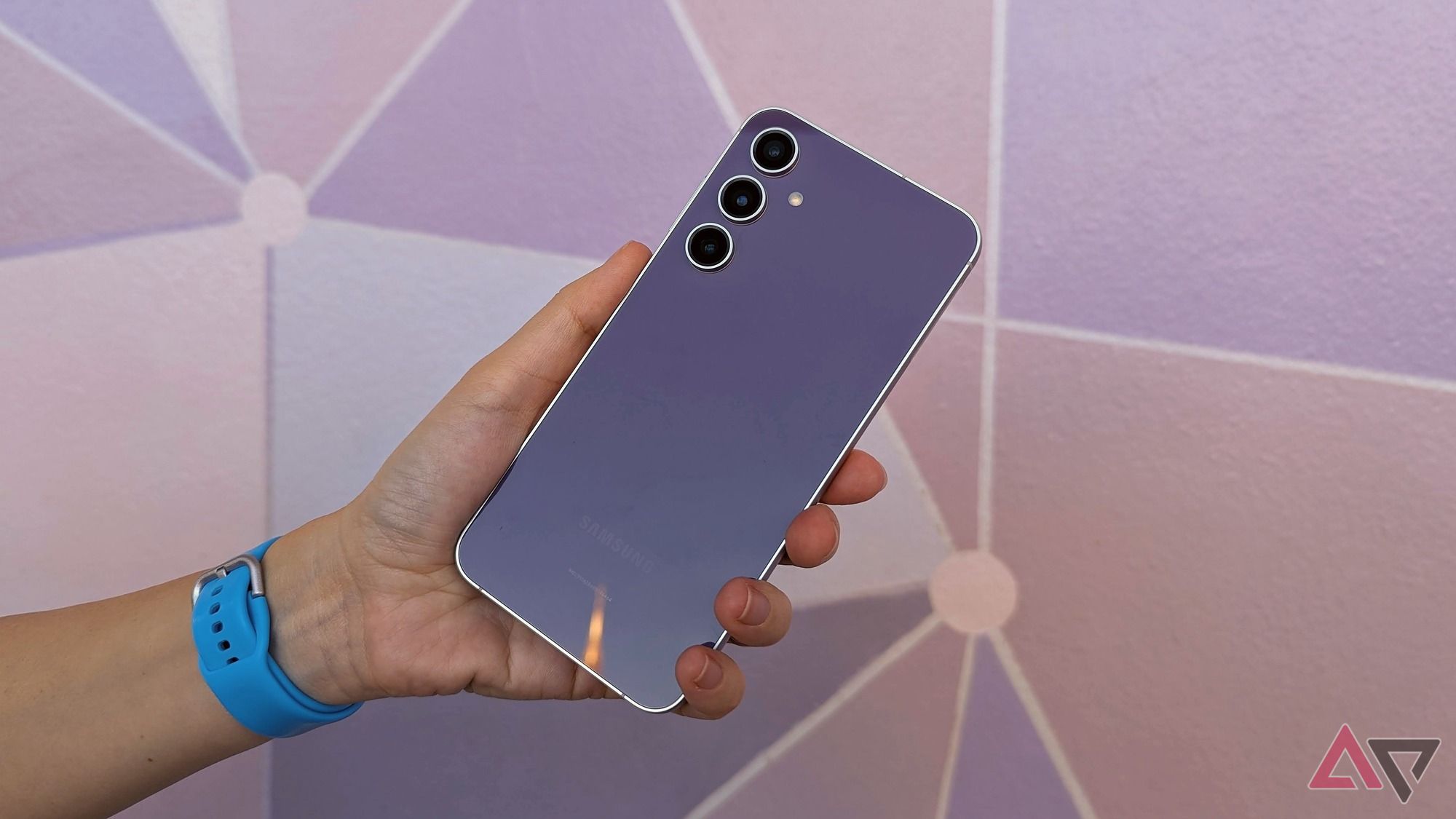
Samsung Galaxy S23 FE review: A not-quite diamond in the rough
Don’t let this phone get lost in the mid-range crowd
Design
Unmistakably on-brand
It seems we’re now in an era where smartphone makers have settled on their own signature aesthetics. That’s especially true of the biggest brands, which aren’t taking too many risks with their established styles.
Google was among the first to embrace a standout design that was all its own, with the prominent horizontal camera bar that now sets the Pixel family apart from nearly every other smartphone on the market. That continues with the Pixel 8a, which follows the A-series tradition of being almost indistinguishable from its flagship counterpart at first glance.
However, drop the Pixel 8a alongside Google’s Pixel 8 and the subtle differences become far more apparent, with some of those changes being noticeable improvements. The camera bar protrudes far less, resulting in a more understated look that feels great in the hand. That’s joined by a matte plastic back that pleasantly surprised us with how premium Google has made it feel. There’s no need to be put off by the plastic here, and as a bonus, we think you’ll also feel more comfortable going without a case.
Samsung’s Galaxy S23 FE goes in the other direction. While it follows the style of its pricier S23 siblings (and the S24 models that have arrived since), the glass back has gone ultra-glossy to the point where it’s almost a mirror. That’s a switch from the matte glass and shiny chrome frame of the other S23 models; the S23 FE uses a brushed aluminum frame instead.
We found the S23 FE’s frame nice and grippy, but you’ll probably be entirely unsurprised to hear that the shiny back attracts fingerprints and smudges like nobody’s business. Ironically, that grime adds some grip on the smooth back glass, but this feels like a phone that most people will desperately want to slap a case onto.
Although the Pixel 8a feels more durable overall, it’s worth noting that Samsung has slightly better Gorilla Glass 5 on both sides of the Galaxy S23 FE, which should make it more drop- and scratch-resistant. Google has cheaped out on the Pixel 8a and gone with the decade-old Gorilla Glass 3. Granted, it only needs that on the front screen, but it’s still a step down from the Galaxy S23 FE and a stark contrast to Google’s Victus-equipped Pixel 8. The Galaxy S23 FE also offers a full IP68 rating against dust and water, which Samsung says equates to submersion in up to 1.5 meters of water for up to 30 minutes, while the Google Pixel 7a only has the baseline IP67 for protection against 1 meter of water for the same duration.
Display
Google’s A-series catches up
The first similarity you’ll notice between the Google Pixel 8a and Samsung Galaxy S23 FE is the much larger bezels surrounding their screens, setting them both apart from the more streamlined premium models in each family.
However, the Google Pixel 8a adds a bit of insult to injury here with its more prominent chin that makes things feel a bit lopsided. While the Galaxy S23 FE’s bezels are no smaller, at least they’re uniform. That’s not to say the bezels have grown over their predecessors, but they haven’t shrunk either.
The Galaxy S23 FE gets a larger screen at 6.4 inches compared to the 6.1-inch Pixel 8a, but the quality of the two displays is roughly on par. They’re both 1080p displays, differing by only a few horizontal pixels in resolution in Google’s favor. Perhaps true to its name, the Pixel 8a offers a higher pixel density of 430ppi versus 404 on the Galaxy S23 FE. That technically makes for a sharper screen, but we don’t think it’s a difference most folks will notice.
Google made some nice improvements in this year’s A-series display, bringing over the Actua branding from its flagship phones. That translates to a 120Hz refresh rate and a peak brightness of 2,000 nits, much closer to what you’ll see on the more expensive Pixel 8.
Nevertheless, Google had some catching up to do here. The Galaxy S23 FE’s AMOLED panel has all the vibrancy and quality we expect from Samsung’s displays, complete with a 120Hz refresh rate. While it doesn’t get as bright as the Pixel’s screen, we never found it hard to read, even on a sunny day.
Software
Choose your flavor
Staying true to form, the Google Pixel 8a offers about as pure an Android experience as you’ll find on any smartphone. It ships with a no-frills version of the latest Android 14 release, with no custom user interface layers beyond the usual Pixel perks.
Whether that’s a good thing depends on your opinion of various Android skins, and Samsung fans may find Google’s take a little bland for their tastes. The Galaxy S23 FE shipped with Android 13 and Samsung’s One UI 5 last fall but received Android 14 and One UI 6.0 a few weeks later.
More recently, Samsung has begun rolling out One UI 6.1 to the S23 lineup, including the Fan Edition, complete with its new Galaxy AI features. Those have the potential to breathe new life into the Galaxy S23 FE, but it’s important to keep in mind that its two-year-old processor won’t be able to take advantage of many of them. We’ll talk more about that chip in a moment.
Meanwhile, Google’s clean Android UI doesn’t mean the Pixel 8a lacks unique features of its own. You’ll get the same exclusive features of the Pixel 8, including the Magic Editor, improved face unlock, and the computational photography features that have long made Google’s Pixel phones stand out from the pack.
However, what really sets these two phones apart is longevity. Google significantly raised the bar last year when it announced that its Pixel 8 phones would get a staggering seven years of software updates. Samsung has since matched that with its latest Galaxy S24 models, but the S23 series remains at four years — and most of those phones have already gotten their first update to bring them to Android 14.
With Android version updates guaranteed until at least May 2031, you’ll someday be able to upgrade a Pixel 8a to Android 21. How well that will work is an open question, but at least you’ll have the option.
Meanwhile, the Galaxy S23 FE likely won’t make it beyond Android 17. That’s still a good run, especially considering its processor is already behind the curve. However, those sold in the European Union may end up getting Android 18 since those models didn’t ship until early 2024, with Android 14 installed out of the box.
Performance
A bit hot under the collar
The Pixel 8a packs in the same cutting-edge Tensor G3 chip as its more expensive siblings, but that’s a mixed blessing. On the one hand, Google’s most affordable phone fully holds its own against its more expensive brethren in performance. However, the flip side is that it comes with the same challenges.
Chief among these is a tendency to get hotter than you’d expect. Although the Tensor G3 is noticeably cooler than its predecessor — the Tensor G2 sometimes felt like it would sear your fingers when playing demanding games — it’s not immune to the problem. It may not heat up as often, but when it does, it’s not a comfortable experience. During our review, we had a moment when the aluminum frame got so hot it was painful to hold.
Still, the Tensor G3 offers smooth performance, and we don’t think too many folks will run into heating issues as long as they don’t try to push it too hard. The G3 continues the Tensor tradition of being optimized for complex machine-learning features like computational photography, and it handles those without skipping a beat or even getting noticeably warm. It will also handle everyday tasks smoothly, but those who want a gaming powerhouse should look elsewhere.
Samsung’s Galaxy S23 FE is not that “elsewhere.” Its Qualcomm Snapdragon 8 Gen 1 silicon was state-of-the-art when it came to the Galaxy S22 lineup two years ago, but it’s starting to show its age; it’s a year behind the rest of the S23 family, and two years behind the latest Galaxy S24 models. The Galaxy S23 FE versions sold outside of North America use the Exynos 2200, which we’d consider a notch below the Qualcomm chip. Neither chip excels at the kind of generative AI capabilities that Google has baked into its Tensor G3, so don’t expect much in that area.
The good news is that Samsung seems to have sorted out some of the heating issues that plagued that chip in the Galaxy S22, but they’re not entirely gone. The Galaxy S23 FE will operate just as snappily as the Pixel 8a for everyday tasks and casual gaming, but throw some demanding games or other apps at it, and you’ll find it heats up and eats up battery life at a much more alarming rate.
Battery life
Good enough for most folks
The battery in Google’s Pixel 8a should get most folks through an average day with a bit of power to spare. In our testing, it came in about the same as the Pixel 8, delivering about four to five hours of screen time with 30% remaining at the end of the day. That will drop if you try to push its performance envelope, and we think it’s a good idea to pack a battery bank for traveling as the Tensor G3 still has a few things to learn about power efficiency from Qualcomm’s latest Snapdragon chips.
However, since it doesn’t use any of those latest chips, the Galaxy S23 FE fares only slightly better; we got six to eight hours of screen time with typical use, often having 20% remaining by bedtime. You’ll definitely want to hit a charger every night, and maybe even a bit sooner if you’re taking a lot of photos or playing more demanding games.
Sadly, neither phone offers anything special when it comes to charging speeds. The Pixel 8a is capped at a paltry 18W “fast charging” and only 5W wireless charging. That’s fine for charging overnight, but don’t expect quick top-ups here. The Galaxy S23 FE supports 25W wired and 15W wireless charging, which isn’t much better.
Cameras
No contest
Google’s Pixel phones have always been on the cutting edge in photographic finesse, and the Pixel 8a is no exception. Ironically, it remains best-in-class despite its hardware sensors being unchanged from last year’s Pixel 7a. That just goes to show how far ahead of the curve Google’s budget phones already are.
However, just because the hardware hasn’t changed, it doesn’t mean that the latest A-series Pixel doesn’t have a few cool new tricks up its sleeve. Google’s secret sauce in getting great photos from average camera hardware has always gone deep into its silicon and software features, and the Tensor G3 adds new computational photography features that should result in even more balanced and natural-looking shots. You also get the same new photographic AI features from the Pixel 8, such as Best Take and the Magic Editor. That last one has been expanded to all Pixel devices, but it still runs faster and smoother on the Tensor G3 than it does on Google’s older chips.
At first glance, you might think Samsung’s Galaxy S23 FE has an edge over the Google Pixel 8a since it sports a third telephoto lens. However, Samsung might as well not have bothered, as we found that 8MP 3x lens a massive disappointment; it was virtually useless for producing anything but blurry, noisy, and grainy shots. Thankfully, the other two sensors on the Galaxy S23 FE are reasonably competent — a 50MP f/1.8 main sensor is joined by a 12MP f/2.2 ultrawide. This is where software also comes into play, but in Samsung’s case, it’s not for the better. Personal tastes may vary, but we found the S23 FE showed off Samsung’s worst instincts for making everything too bright, too sharp, and too saturated. It was also difficult to get consistently good shots in lower light conditions.
That’s a night and day difference from the Pixel 8a (pun only slightly intended), which handles low-light photography with aplomb and produces among the most natural and balanced photos we’ve seen from any smartphone on the market — especially in this price range.
Which one is right for you?
Although Samsung and Google can each hold their own in the heavyweight flagship class, in this arena, the Pixel 8a soundly dominates the Galaxy S23 FE in nearly every area that counts.
The Pixel 8a is not only a vastly superior phone for photography, but it also packs a state-of-the-art Tensor G3 chip rather than last-generation silicon, offers better battery life, a great screen, and seven years of Android updates — all for $100 less than the Samsung Galaxy S23 FE.
The Tensor G3 also means you’ll likely get more out of those future Android releases than the Galaxy S23 FE’s older Snapdragon 8 Gen 1 can handle. Google’s Pixel 8a supports the company’s latest AI features, and while Samsung has brought Galaxy AI to its older phones, it’s had to leave at least one feature out on the S23 FE.
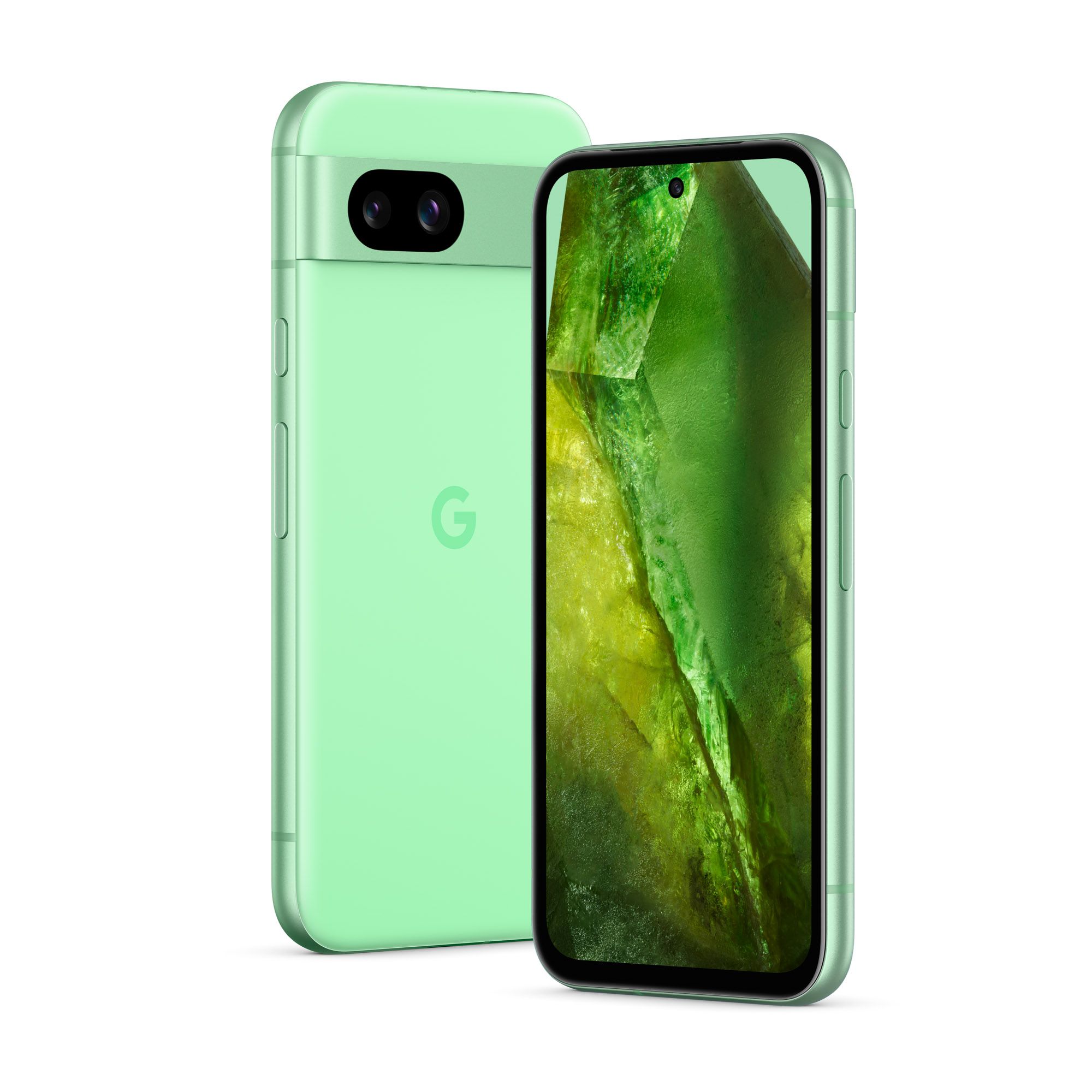
Google Pixel 8a
Google’s Pixel 8a is hands-down the best camera phone you can buy in this price range, but that’s not all. You’re also getting a display that’s noticeably improved over its predecessor, Google’s latest and greatest Tensor G3 with all of its AI goodness, and seven years of Android updates.
While the Google Pixel 8a is the best pick for most folks, there are still reasons to consider the Galaxy S23 FE. Samsung fans will naturally feel right at home with the One UI experience, and you’ll still get updates until Android 17, which is probably enough for many people. It also features a larger display that looks great, has enough battery life to get you through the day, and offers faster charging. It’s a solid phone for everyday use as long as taking the best photos isn’t your top priority.
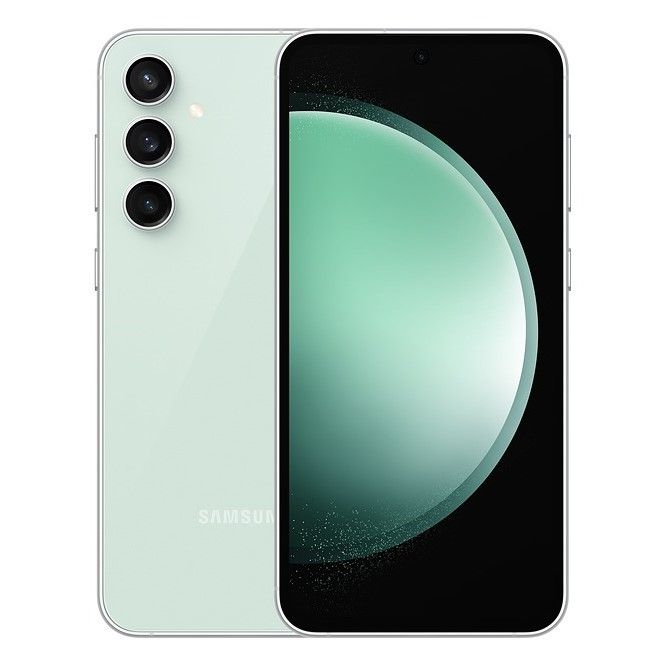
Samsung Galaxy S23 FE
While Samsung’s Galaxy S23 FE is already showing its age, it remains a solid choice for fans of Samsung’s design and One UI. The Snapdragon 8 Gen 1 chip can handle all but the most demanding tasks, and the AMOLED display is everything we expect from Samsung.




